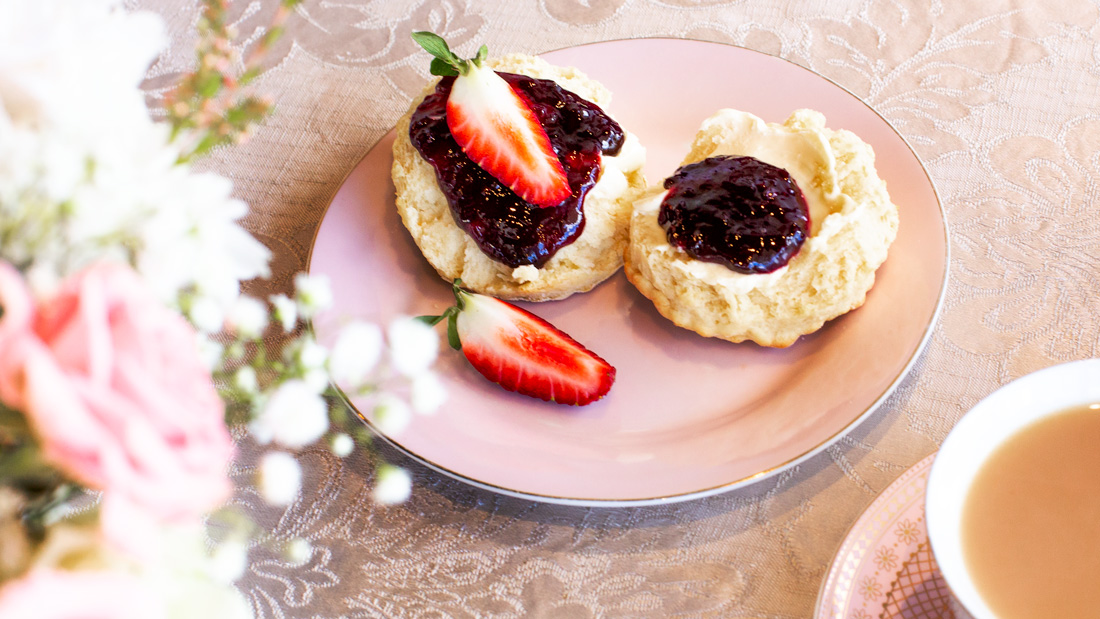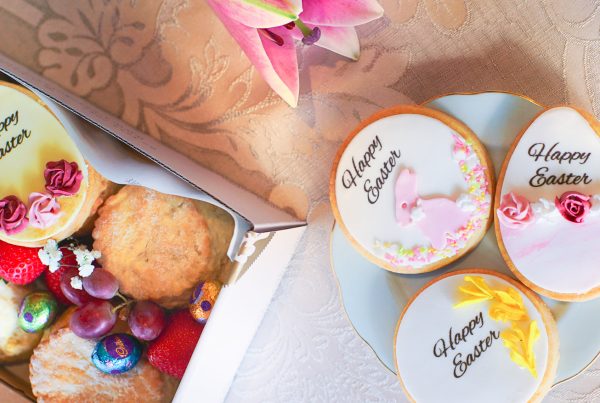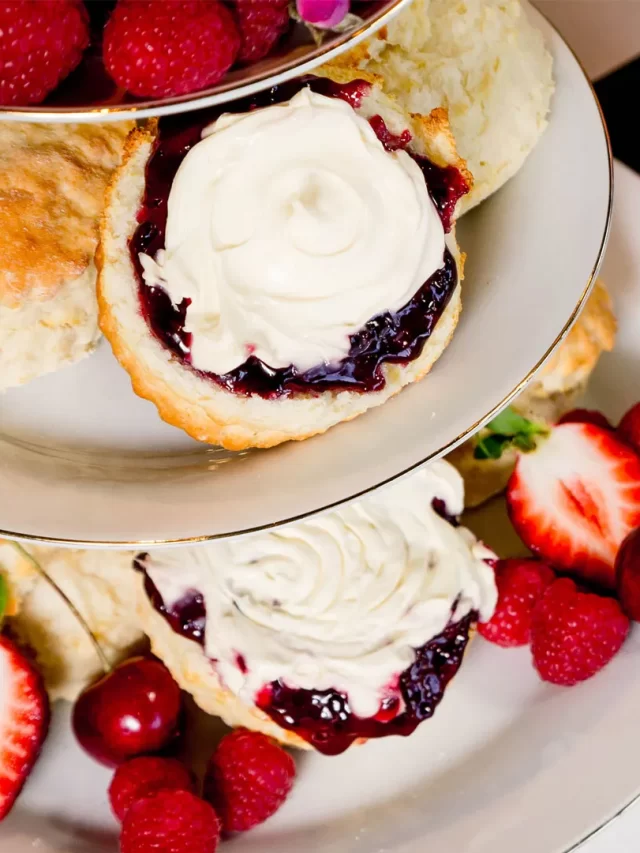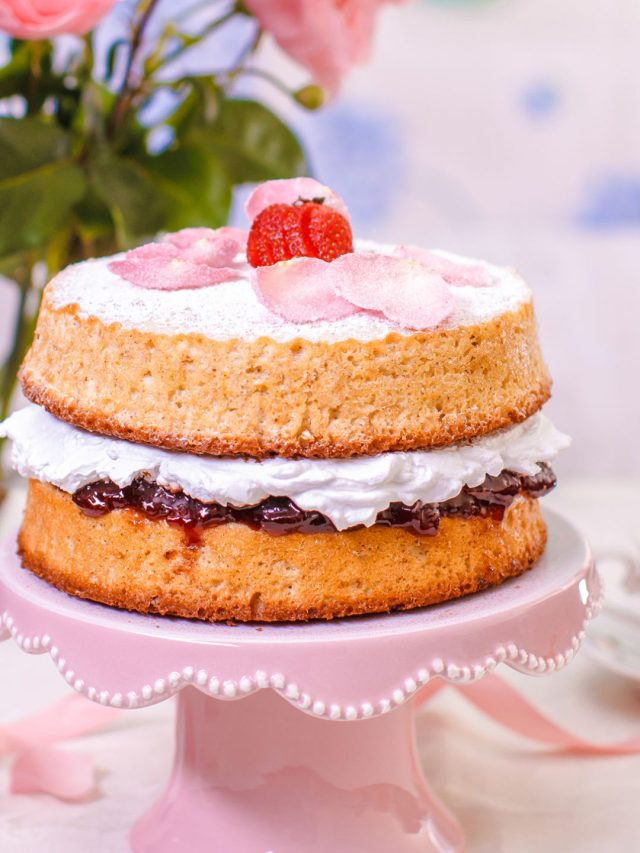The Origins of the Cream Tea
A plate of warm scones, fresh from of the oven, smothered in jam and cream alongside a pot of fragrant tea. The traditional Cream Tea conjures up images of sunny days, pretty china and relaxation: an indulgent treat just for one or shared with those who mean the most to you.
Who would guess that the much-loved Cream Tea could be the cause of a long-running dispute between two entire English Counties?!
In this edition of the blog we’ll discover the origins and essential components of the perfect Cream Tea. Then we’ll try to decide who is right in the Great Cream Tea Debate: is it cream first, or jam? In other words; is it really Devonshire Tea, or Cornish?
The Origins of the Cream Tea
Believe it or not, the elegant Cream Tea we enjoy today has its origins way back in the 11th century. Monks from Tavistock in the English County of Devon fortified local workers with bread, jam and the clotted cream they made themselves. Much later, in the 19th century, the new railways began bringing eager holiday makers seeking sunshine and tearooms to Devon and neighbouring Cornwall. And the Cream Tea as we know it was born.
Whether Devonshire or Cornish the traditional Cream Tea has four essential components: Scones, jam, cream, and tea. The scone should be split with a slight twist rather than cut with a knife. Traditionally the jam should be strawberry and the cream must be clotted.
What exactly is clotted cream? That’s a good question, because it’s not something many people outside the UK are necessarily familiar with. Clotted cream is made by gently heating unpasteurised milk very slowly and then cooling it overnight. This raises the fat content to around 63% fat (a level that would class it as butter in the US) and results in the cream content rising to the surface, forming “clouts”, or clots forming a delicious golden, crust on the top.
What’s the difference between Devonshire and Cornish Cream Teas?
The main difference between the Devonshire and Cornish Cream Teas is whether your dollop of jam or of cream goes on the scone first. Each version has its own rationale.
The Devonshire Cream Tea:
- Cream goes on first. Clotted cream is like butter – if the scone were bread you wouldn’t put butter on top of your jam would you!
- When the Cream tea was invented jam was expensive so you’d only put a little on top
- You can put more cream on if it goes on first
- It stops you looking silly by getting cream on your nose
- If you happen to be sharing your Cream Tea with a Cornish person, you get first dibs on the cream!
The Cornish Cream Tea:
- It’s easier and less messy to spread cream on top of jam than it is to spread jam on top of cream
- Along the same lines, a warm scone will melt the cream slightly, making it harder
- You can taste the cream better if it’s on top of the jam
- Jam is made with fruit. You wouldn’t put cream under a fruit salad so why put cream under jam?
The choice of jam first or cream is the main, but not the only, difference between the two. The Cornish only started serving scones as part of the Cream Tea in the last century or so. Traditionally, the Cornish served their Cream Tea with a lightly sweetened white roll, called a Cornish Split. And the Cornish also produce a lovely treat called Thunder and Lightening by substituting Golden Syrup for the jam.
So what’s the correct way?
Perhaps the ultimate authority on etiquette and the right way to do just about anything, including the Cream Tea is the Queen. How does Her Majesty serve Cream Tea at her famous garden parties? Jam first, the Cornish way.
Should you ever be lucky enough to find yourself at a Buckingham Palace garden party, if you are a welcome guest at our own High Tea Parlour, or are hosting your own Cream Tea at home with one of our hampers here are some etiquette tips you might find helpful in putting you at your ease and enjoying the occasion.
Our Top 5 Cream Tea Etiquette Tips
- Serve with a pot of freshly brewed tea. Leaf tea is preferred to bags. Allow 3-5 minutes for the tea to infuse before pouring. It’s also a good idea to serve a smaller pot of hot water for topping up the pot as the tea with become stronger as it brews.
- The person seated east the pot should pour so if you’d rather not pour, choose to sit further away from the pot.
- Pour the tea into the cup and allow others to add milk and sugar as desired.
- Once you’ve stirred your tea, place the spoon onto your sauce.
- Don’t raise your little finger when you drink. Hold the cup by the handle with your index finger and thumb and use your little finger under the cup for balance.
Learn more about Scone etiquette
It’s really up to you
Which version of the traditional version of the Cream Tea will you prefer? It doesn’t really matter as long as you enjoy it. When all is said and done, it’s up to you to choose whether you like your cream first, or jam. In fact, why not have a wonderful, indulgent time deciding which you prefer by booking a High Tea Experience with us? The recipe for our delectable plain and fruit scones is our little secret but whether you opt for the Devonshire or Cornish version, our High Tea Parlour is the perfect venue to try both varieties. Or, consider ordering one of our luxurious hampers to help you decide at home or even as a gift that will make someone special’s day.






